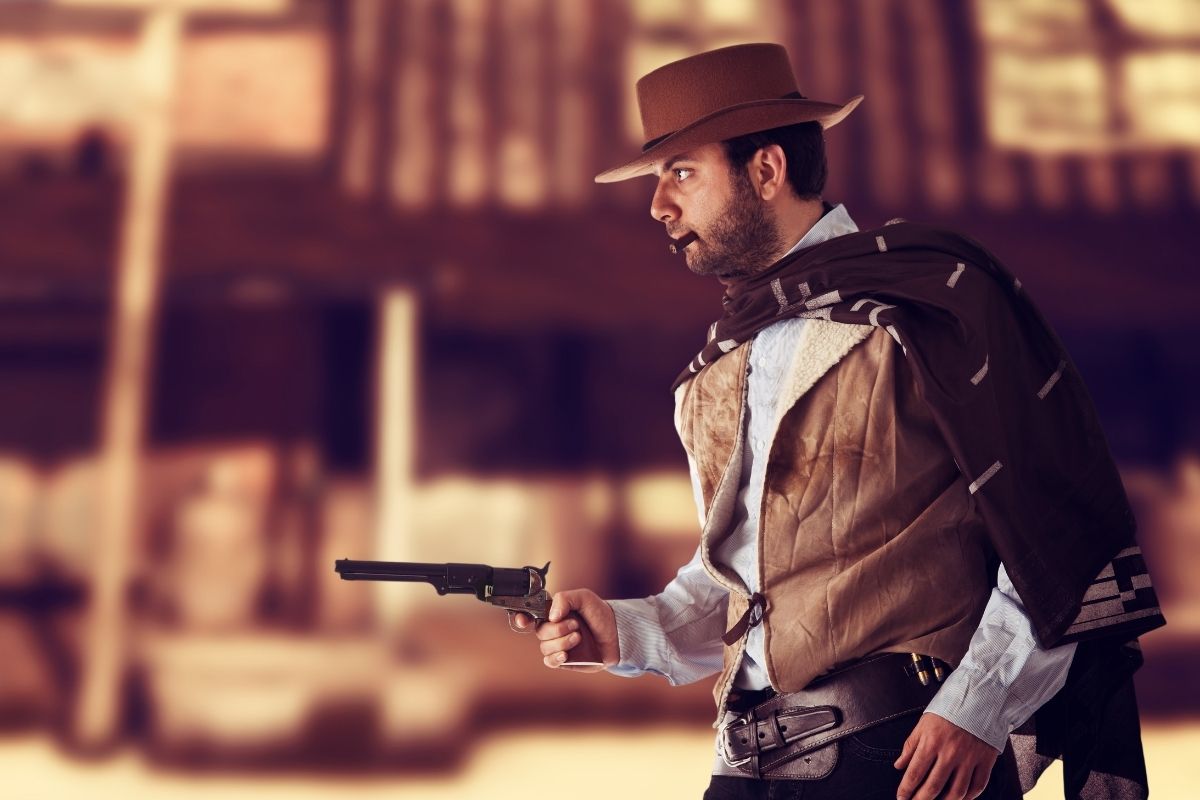Western movies are a genre of film that has evolved over the years. The term “western” refers to a story set in the American West. Westerns often feature cowboys and Native Americans and take place on ranches, farms, and small settlements where law enforcement officers were more likely to appear on horseback than patrol in police cars.
Westerns are known for their action-packed plots, but they also have a long history of being about hope, justice, honor, and other virtues that make for good storytelling.
1. Traditional Westerns

Western movies are often referred to as classic westerns because they follow specific formulas and conventions that date back to the earliest days of Hollywood. A classic western features heroes who are strong-willed men who struggle against all odds to achieve their goals.
These heroes usually have tragic flaws that make them vulnerable somehow, but their heroic qualities always shine through at the end of each story arc.
2. Comedy Westerns

These films take the conventions of a traditional Western and turn them on their heads with comedy scenes and other lighthearted moments. They may also mix some science fiction elements or supernatural themes into their stories.
3. Spoof and parody westerns

A spoof or parody is a type of movie that pokes fun at another film genre or theme by exaggerating its elements somehow. For example, Blazing Saddles is a parody of traditional westerns because it takes all the cliches from those films — like cowboys riding horses across open plains — and turns them into ridiculous situations (like cowboys riding horses across open plains while being chased by wolves).
4. Acid westerns

Acid Western is a subgenre of the Western film that emerged in the 1960s and 1970s that combines the symbolic ambitions of counterculture-era psychedelic rock with the genre above’s focus on rugged individuals operating within a lawless frontier. The term is also occasionally used to describe films that incorporate psychedelic elements into their production design and cinematography, such as those by Robert Rodriguez or Quentin Tarantino.
5. Meat pie westerns

A meat pie western (or simply meat pie) is a type of Australian comedy film, typically set in rural Australia, which has become popular among urban audiences since its inception in the early 1970s. They often contain elements of satire, social commentary, and black comedy.
The term “meat pie” was coined by critic Paul Byrnes in an article published in The Sydney Morning Herald on 15 March 1975. Byrnes said these films were “made for fast consumption but [were] not intended to be taken seriously.” He continued: “They should not be viewed too seriously, but they are a useful corrective to some of our parochial attitudes about ourselves.”
6. Blaxploitation westerns
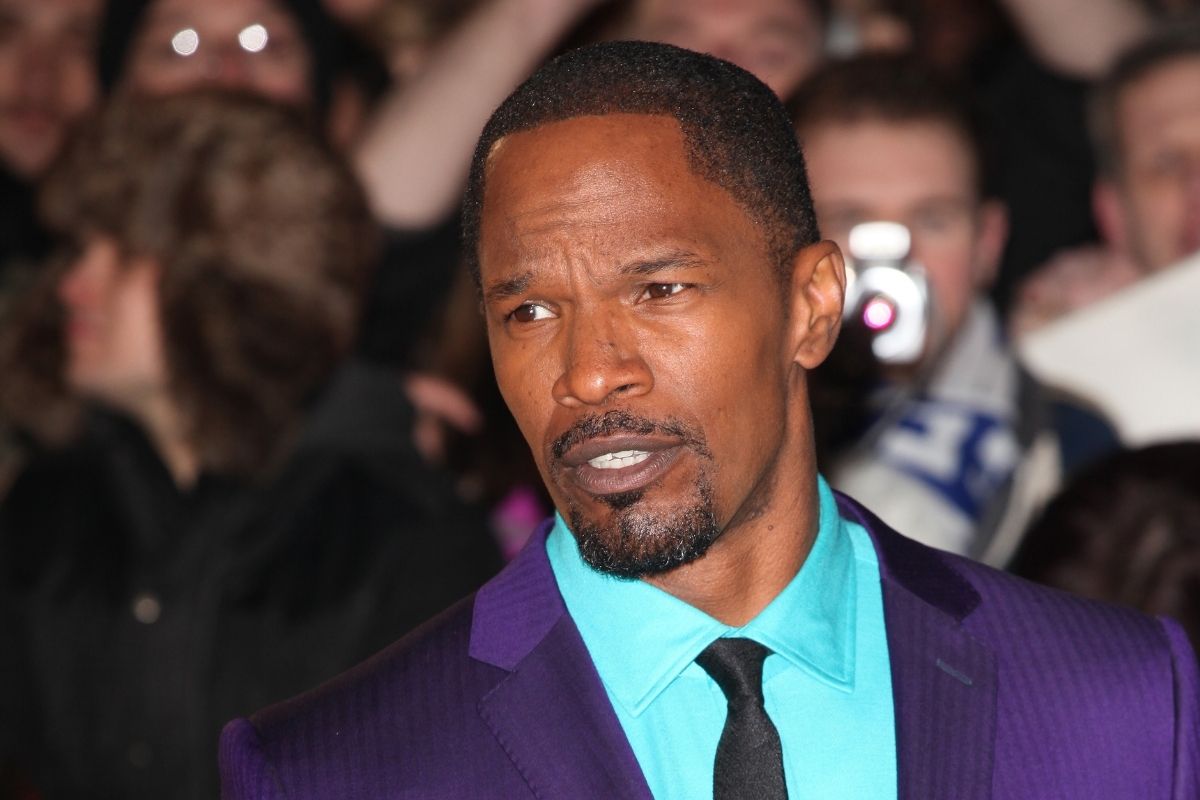
Blaxploitation Westerns were a subset of the blaxploitation genre, which had its roots in the black action films of the 1960s. As with other blaxploitation films, these films tended to be violent, sexual, and politically controversial. The films were often set in the past and featured black heroes in Western settings.
The most famous Blaxploitation Western is probably Sweet Sweetback’s Baadasssss Song (1971). Melvin Van Peebles starred as a black man who escaped from his ghetto and rode into the desert on a motorcycle to escape the police.
Other examples include Django Unchained (2012), which was written by Quentin Tarantino and based on Sergio Corbucci’s Django (1966) starring Franco Nero; and Blacula (1972), another adaptation of Corbucci’s film starring William Marshall as Dracula.
7. Chili westerns

In the mid-1930s, Hollywood began to produce a cycle of Western movies set in the American Southwest. The best known of these films are The Cisco Kid (1935), Tumbleweed (1934), and Stagecoach (1939). These movies featured cowboys and Indians, gunfights, and stagecoach robberies.
In the 1960s and 1970s, many American filmmakers moved to Mexico to make movies about Mexican bandits and revolutionaries. These films were called “chili westerns” because they were shot in Mexico with Mexican actors and sometimes contained elements of Latin American folklore. Some examples include:
El Topo (1970) – An outlaw searches for his father’s killer while being pursued by a religious cult that worships him as a god.
A Bullet for the General (1966) – An assassin tries to kill a general who has betrayed him to save his own family from execution.
The Wild Bunch (1969) – A gang of aging outlaws robs banks to steal money before their retirement date arrives, and they are forced out of business by new laws protecting banks from robberies.”
8. Dacoti westerns
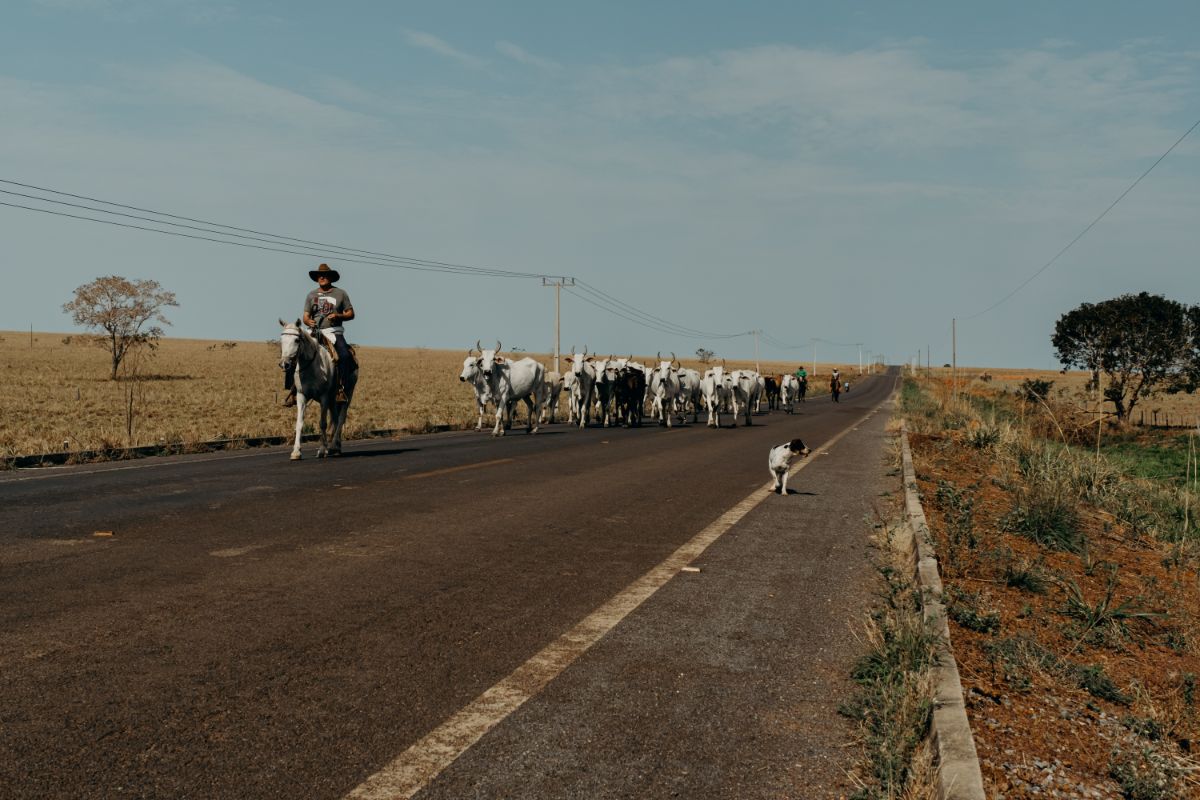
Dacoti Westerns are a subgenre of Western film. They were made in the early 20th century by Mexican filmmakers like director Ricardo Güiraldes and actor Emilio Fernández.
The term Dacotí is derived from the Nahuatl language of Mexico, which means “people of the deer.” The Nahuas were indigenous people that lived in what is now central Mexico before European colonization. The Nahuas have many legends about deer, and they often use them as symbols of strength and courage.
Dacotí films usually take place in the American West during the 19th century. They typically focus on Mexican cowboys or vaqueros working on cattle ranches in Texas or California. These movies tend to have dramatic plots with lots of action and adventure, but they also have some comedic moments.
9. Documentary westerns

Some western movies are not fiction; they are documentaries about actual events or people who lived in America’s Old West. The documentary western is often based on historical research and interviews with people who lived during this time. These documentaries can be informative and educational while still entertaining enough to hold your attention throughout their running time.
10. Musical westerns

Western musicals were popular during the 1960s when movie audiences were looking for new entertainment in the wake of the counterculture movement that swept across America during this period. Two notable examples include:
The Magnificent Seven (1960). This John Sturges film tells the story of seven men who band together to save a Mexican village from bandits who have been terrorizing them for years. It stars Yul Brynner, Eli Wallach, and Steve McQueen.
11. Electric westerns

Electric western is a genre of music that originated in the United States and Canada. It combines elements of country music, rock and roll, and rhythm and blues. Electric guitars were sometimes accompanied by drums, bass, keyboards, and other instruments.
The origins of electric western can be traced back to the early days of rock and roll when artists such as Bill Haley & His Comets recorded cover songs that had been initially composed for country artists, such as Johnny Cash’s “Folsom Prison Blues” or Marty Robbins’ “Don’t Worry.” Some rockabilly artists were influenced by country music, including Carl Perkins and Elvis Presley, who recorded versions of Sun Records artist Johnny Cash’s early hit “Cry! Cry!”.
In the 1960s, several rock bands emerged that played country-influenced rock music. One example is The Byrds, who started as a Rickenbacker guitar-based band playing folk songs before moving to psychedelic pop in the mid-1960s. Another example is Buffalo Springfield which emerged from Los Angeles’ folk scene in 1966 with members Neil Young (guitar), Stephen Stills (guitar), Richie Furay (guitar), Bruce Palmer (bass), and Dewey Martin (drums).
12. Fantasy western
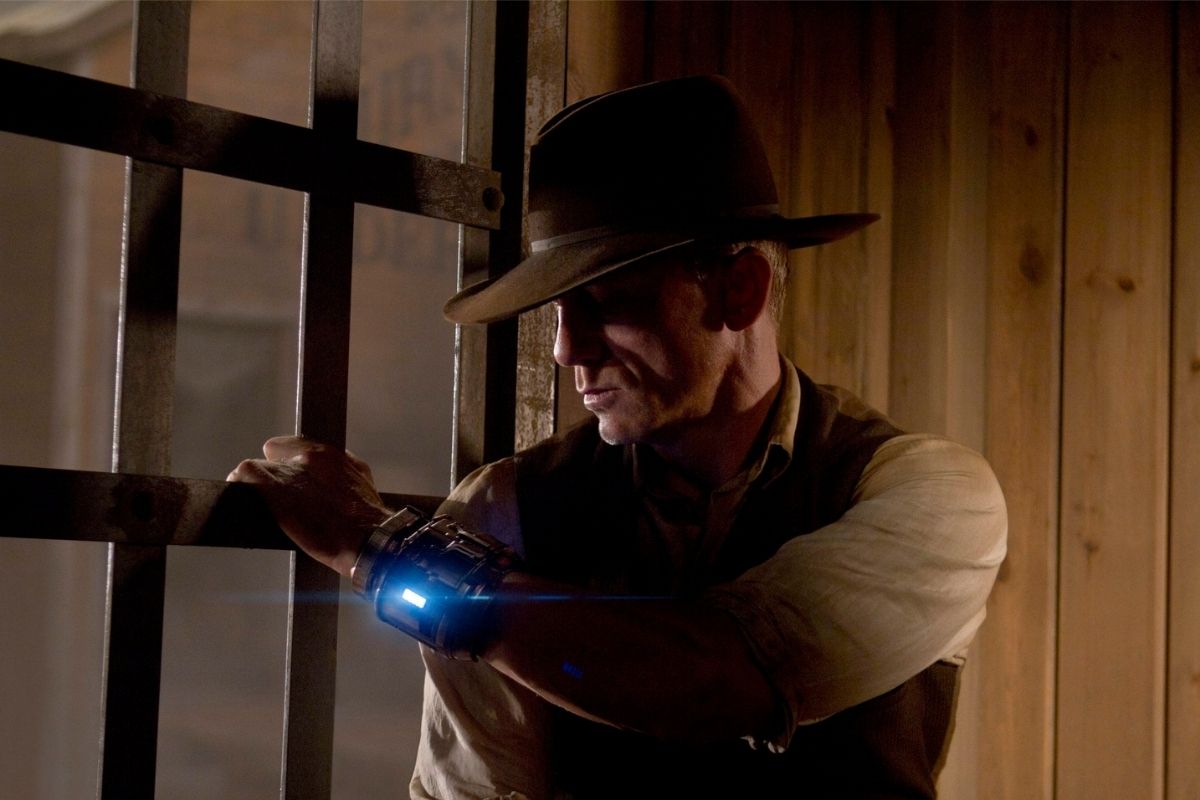
Fantasy Westerns are a subgenre of fantasy fiction set in the American Old West, written by authors since the 1960s. Such stories may use tropes from Westerns within a secondary world setting, or they may be more strictly set in real-world historical settings.
Fantasy Westerns are a subgenre of speculative fiction in which the narrative includes a place or location that resembles the American Old West. Some works include various types of magic and other supernatural elements within this setting, often drawing on folklore and mythology for inspiration.
Other works are essentially science fiction with cowboys instead of spacemen; still, others are alternate history tales where the Civil War never occurred, and slavery is legal instead. Some authors have used steampunk elements to create an alternate history setting.
The genre has been criticized as lacking depth, but it has also been praised as providing an alternative to traditional Westerns, which tend to glorify violence and racism.
13. Florida westerns
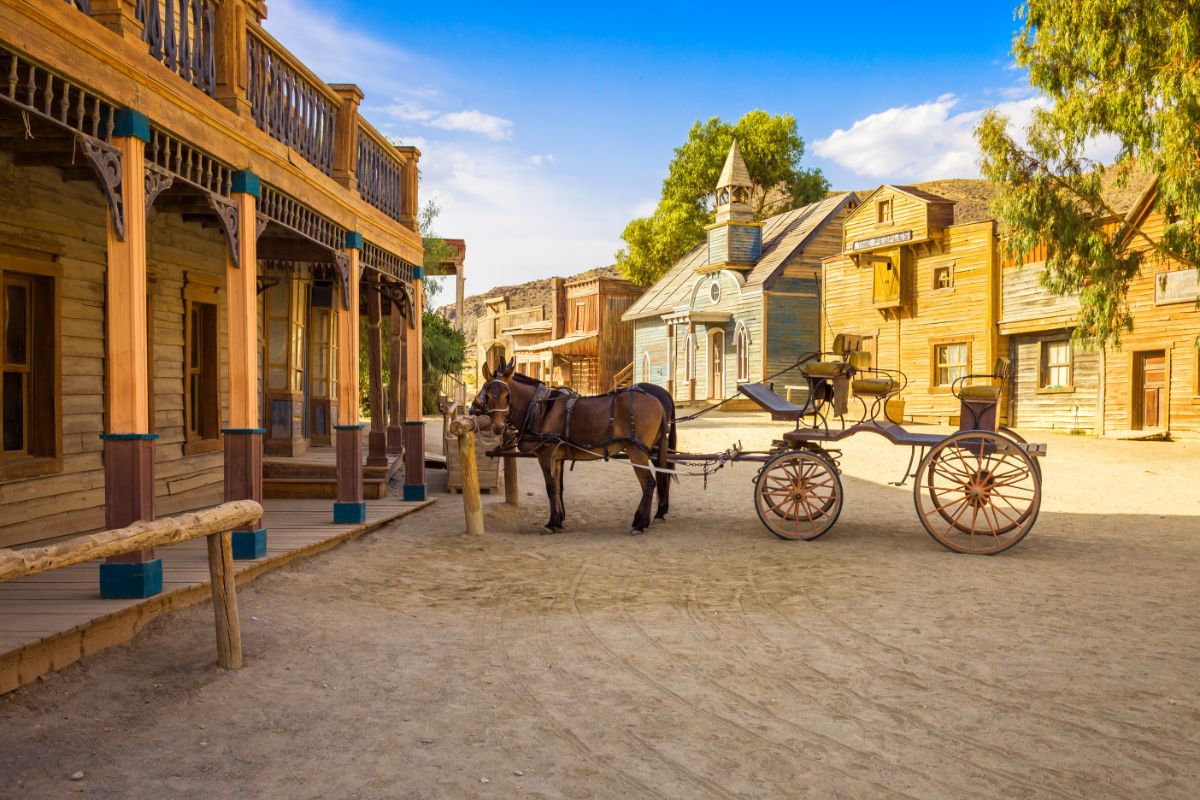
Florida western is a subgenre of a Western film made in Florida and the Southern United States.
According to author Michael R. Pitts, in the early years of film, “the South was often portrayed as a place of mystery and intrigue.” This can be seen in the 1910s films The Wizard of Oz (1910) and The Haunted Castle (1921). In the 1920s, movie studios began filming Westerns in Florida, which was geographically close and had established cattle ranches for outdoor shooting locations.
The first central Florida-based Western was 1923’s The Covered Wagon, directed by James Cruze and starring Thomas Meighan and Billie Dove. Other notable early films include 1924’s Lightning Barrio with Ricardo Cortez and Clara Bow, who returned to Florida for 1925’s Tumbleweeds with Raoul Walsh.
A significant milestone in Florida western history came in 1927 when Raoul Walsh filmed several scenes for The Big Trail near Ocala. Walsh had been hired by Fox to direct their first talkie but wanted to shoot some scenes outside California where he could get better budget-saving weather than what Hollywood had at that time.
14. Greek westerns
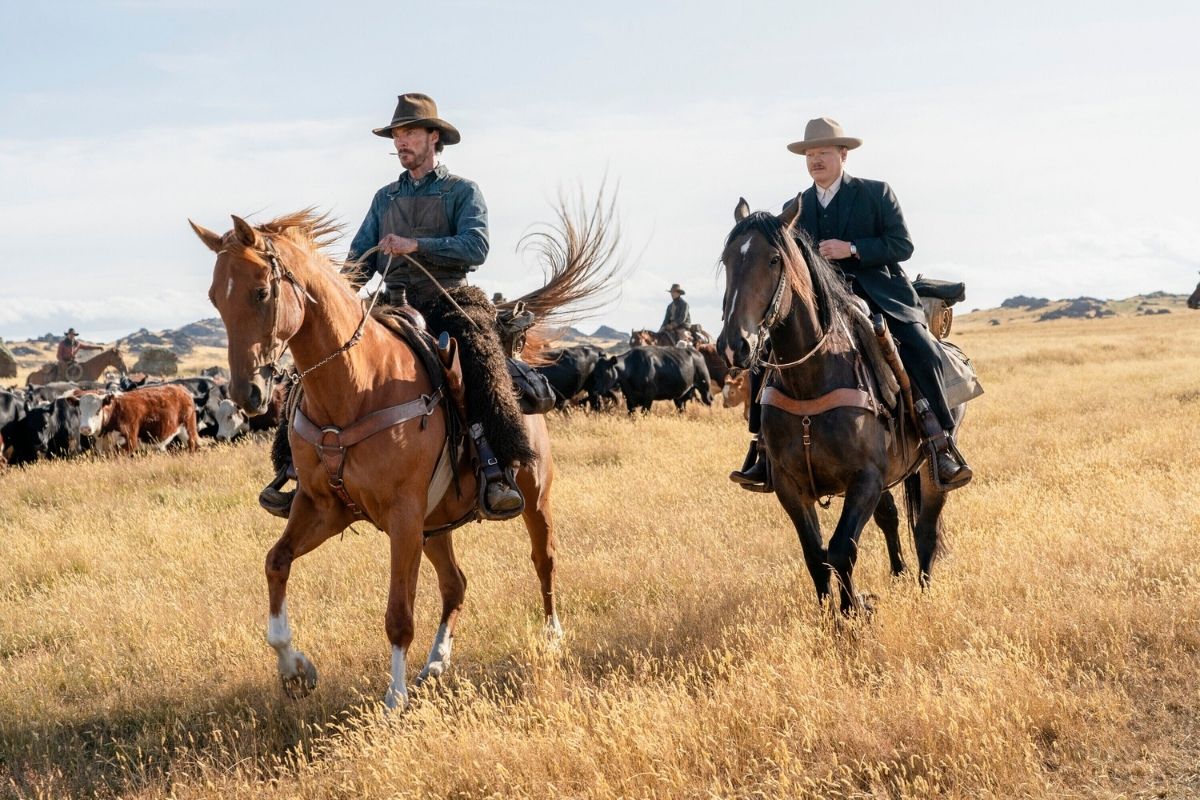
Greek Westerns are films made by Greek producers and directors in the United States. They are western movies with a Greek theme, either partially or entirely.
Many of the films made during this period were low-budget B-movies, often shot in the deserts of California and Arizona. They were usually written by Greek-Americans and starred actors such as Tom Tryon, Tom Laughlin, and Steve Reeves. The films were also popular at home in Greece, showing on television regularly.
Greek westerns have become very popular among fans of the genre who enjoy seeing familiar landmarks like the Hollywood sign, Sunset Strip and Venice Beach being used as backdrops for their favorite films.
15. Horror westerns
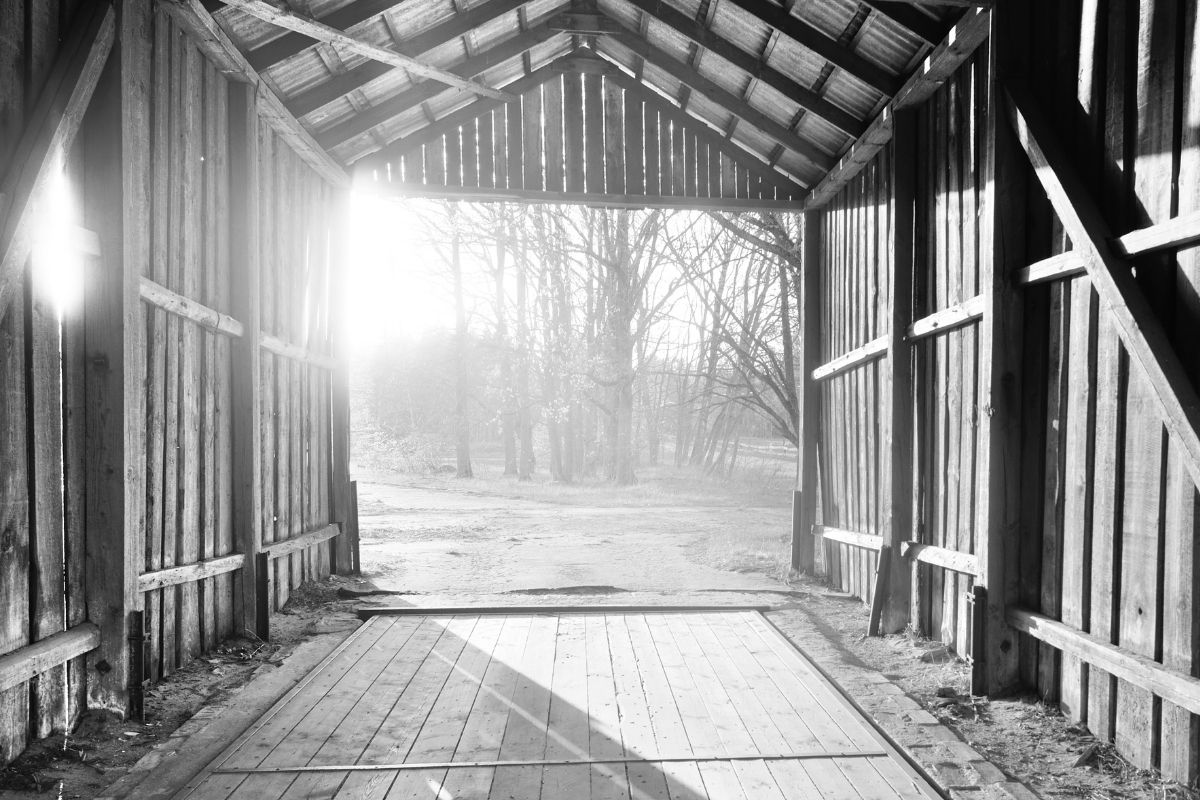
Horror western is a subgenre of horror films in which the protagonists are people who are traveling westward, usually by horseback. The movie often uses elements from western films and horror films.
The first example of the genre was 1968’s Night of the Living Dead, which combined horror and Western themes in an apocalyptic setting. Two sequels followed it: Dawn of the Dead, released in 1978, and Day of the Dead, released in 1985.
The most notable examples of this subgenre include Sam Raimi’s 1981 film The Evil Dead and its sequels Evil Dead II and Army of Darkness, Tobe Hooper’s 1974 film The Texas Chain Saw Massacre (and its two sequels), Lucio Fulci’s Zombie Flesh Eaters (1979), and Jason X (2001).
The term “horror western” was coined by William S Burroughs to describe his novel The Wild Boys: A Book of the Dead (1971) during the American Civil War.
16. Hybrid westerns

Hybrid western, also known as hybrid cowboys, combine the American cowboy and European cowboys. They were prominent in the American West during the 19th century.
Hybrid Western Culture
The term “hybrid western” refers to a composite culture created by mixing two or more different cultures. In the case of the United States, many other groups of people came from different countries and brought their own cultures with them. This led to a unique blend of cultures that created something new: hybrid western culture.
The term “hybrid” is used to combine two or more things into one. It can refer to biology when discussing hybrid plants or animals (also known as crossbreeding). It can also refer to culture when discussing how two or more different cultures combine to form a new culture. In this way, hybrid western culture amalgamates all these other influences on American life.
17. Martial arts westerns

Martial arts are a family of combat systems that originated in Asia and have been adapted for use in non-Asian societies for self-defense, entertainment, and sport. The fighting styles of this family include boxing, wrestling, judo, jujutsu, karate, taekwondo, kung fu, and kickboxing.
The word martial arts is often used interchangeably with fighting styles or the combat sports of boxing, wrestling, and fencing. However, the latter three all involve training in the use of weapons. In contrast, martial arts are practiced purely for fighting without weapons.
In addition to unarmed combat techniques, many martial arts also teach how to use weapons as part of their curriculum. These weapons may include various staffs: quarterstaffs (jo), nunchaku (nunchaku), kusarigama (chain-and-sickle) and other varieties of chained weapons; some schools only teach unarmed forms while others also teach weapon use.
Martial arts can be trained for self-defense or sport. Karate was initially developed as a form of self-defense by practitioners who were primarily farmers or fishermen living on remote islands without police protection.
18. Northern western

Northern Western Australia is the least populated area of the state, but it’s a popular holiday destination for its beaches, national parks, and ancient rock art sites.
The Kimberley region is home to Australia’s most spectacular natural attractions and attractions. The Kimberley region includes the islands of the Buccaneer Archipelago off the coast of the Northern Territory and stretches from Derby in the south to Kalumburu in the north. The region’s coastline is rugged, with many beautiful beaches, caves, lagoons, and coral reefs.
The Pilbara region has several landscapes, including coastal plains, desert areas, sandstone ranges, and riverine forests.
The Top End is a tropical region with many different landscapes, including coastal plains, desert areas, and swamps, to name just a few.
19. Ramen western

The ramen western is a mythical creature that is not to be confused with the ramen cowboy. The ramen cowboy (also known as the “ramen biker”) is a subspecies of the ramen westerner.
The ramen westerner is an individual who has ventured into the wild west and survived. They are often found in deserts and other remote areas far from civilization. These people tend to have very long beards and wear hats made out of snakeskin.
They also like to ride horses or camels and carry guns around everywhere they go, just in case any bandits are around who want to take their money away from them.
The most significant difference between the ramen cowboy and the regular ramen westerner is that while both types might live in a desert or get lost while traveling through it, only one class would wear a hat made out of snakeskin and try to rob you at gunpoint if he met up with you on his journey!
20. Revisionist western

In the 1930s, Hollywood studios began to produce films that took a critical look at the Old West — films that questioned the mythology of Western heroes like Billy the Kid and Jesse James. These revisionist Westerns were controversial because they challenged many of the ideas about American history accepted for generations. It was an era of significant change in the American West, and the movies were no exception.
The first revisionist Western was Broken Blossoms (1919), directed by D.W. Griffith. Griffith’s film is one of the earliest examples of what would later be called “melodrama” — it tells its story through exaggerated emotion rather than realism or naturalism.
Broken Blossoms tells the story of a young Chinese man who comes to America looking for his father, only to find that his father has been beaten to death by a gang of thugs led by one named Battling Burrows (Lionel Barrymore). The son avenges his father’s death by killing Burrows with his kung fu fighting skills.
The movie was controversial because it portrayed Chinese immigrants as victims rather than villains — even though there was evidence that some Chinese people had engaged in criminal activity against whites.
21. Science fiction westerns

Science fiction is speculative fiction, typically involving concepts such as advanced science and technology, space exploration, time travel, and extraterrestrial life. Science Fiction may also overlap with fantasy, horror, historical fiction, alternate history, and related genres.
Westerns are a genre of various arts which tell stories set primarily in the latter half of the 19th century in the American Old West frontier and sometimes the Southwestern United States. Ranging from Western comedy to
Western drama to Western horror to even science fiction Westerns (such as “Westworld”), they often exaggerate the characteristics of the Old West frontier setting. They have their roots in mass and high cultures and often include horses, gunfights, and saloons.
22. Space westerns

Space western is a subgenre of science fiction that uses the themes and tropes of Westerns within science fiction stories. Subtle influences may include the exploration of new, lawless frontiers (usually outer space). Some space westerns use more recognizable elements from the Western genre, such as saloons, outlaws, cattle drives, and prospectors.
In contrast, more overt influences may feature mechanical horse operas, a prevalent genre in films and radio programs in the 1930s and 1940s.
The term “space western” is generally used to describe science fiction set during the American Old West in outer space or on distant planets. However, it can also be used to describe other works where there are similarities with the traditional American Western settings: cowboys on a faraway planet (e.g., “Star Wars”), cowboys protecting settlers from hostile aliens (e.g., “Cowboy Bebop”) or even cowboys on distant planets (e.g., “Red Planet”).
23. Spaghetti westerns

Spaghetti Westerns (Italian: western all Italian) are a loosely defined subgenre of the Western film that emerged in the mid-1960s in Sergio Leone’s Dollars Trilogy (1964-1966) due to Italian directors being inspired by the American Old West. The term was coined by its pioneer, Sergio Corbucci.
It quickly became an umbrella term for films starring his frequent leading man Franco Nero and movies from other directors who imitated his style.
The most famous Spaghetti Westerns include Once Upon a Time in the West (1968), For a Few Dollars More (1965), Django (1966), The Good, The Bad and The Ugly (1966), A Fistful of Dollars (1964), Death Rides a Horse (1967) and My Name Is Nobody. These films were primarily made on low budgets, using outdoor settings similar to those of the American Westerns of the period.
Still, they were shot in Europe in Spanish locations with non-American casts, often using international actors. They typically feature isolated protagonists (often antiheroes) who face formidable antagonists, such as gunfighters or smugglers; revenge plots; and characters with distinctive personalities that make them stand out from their surroundings.
